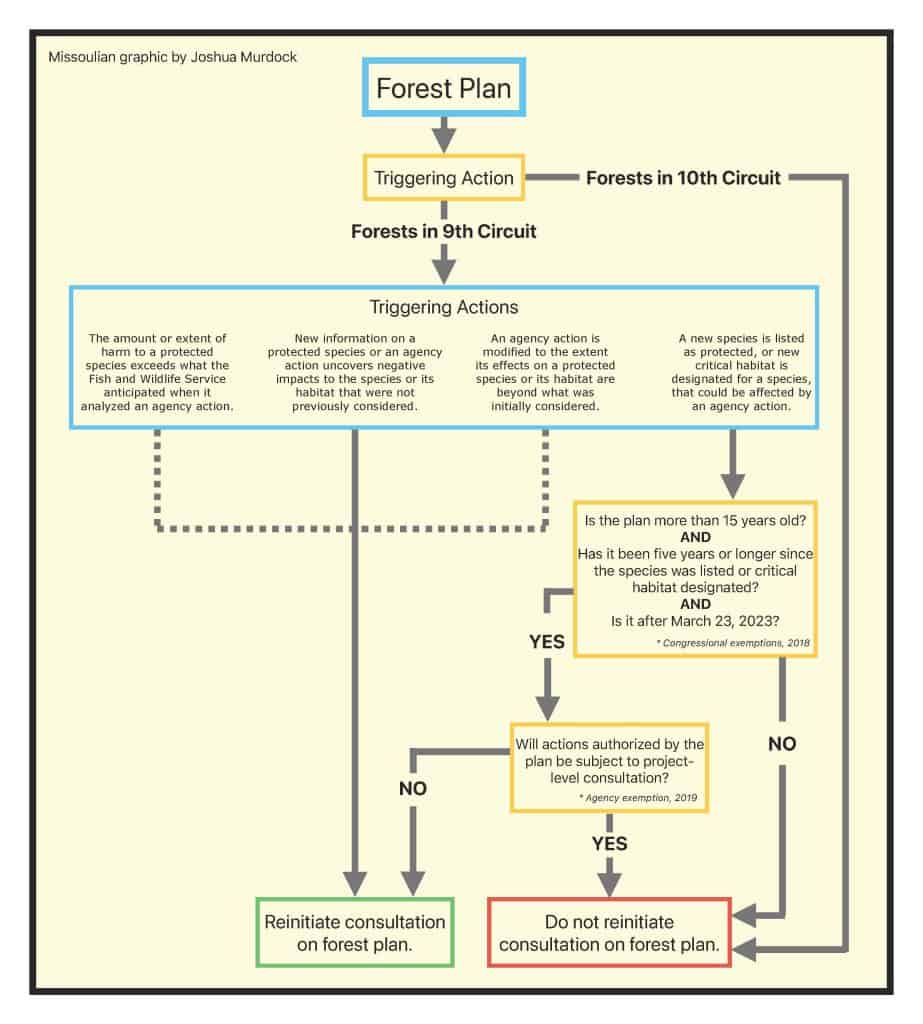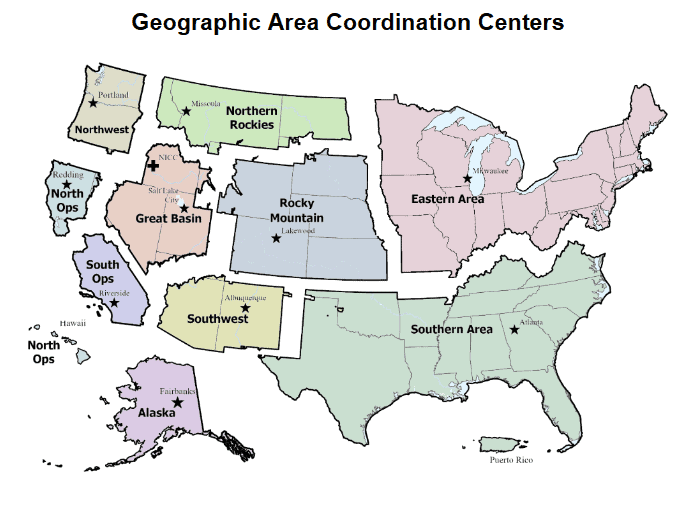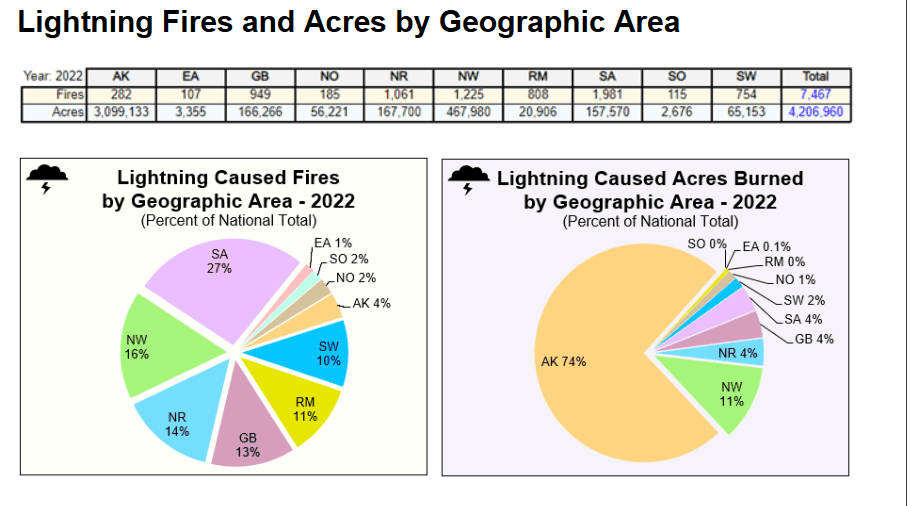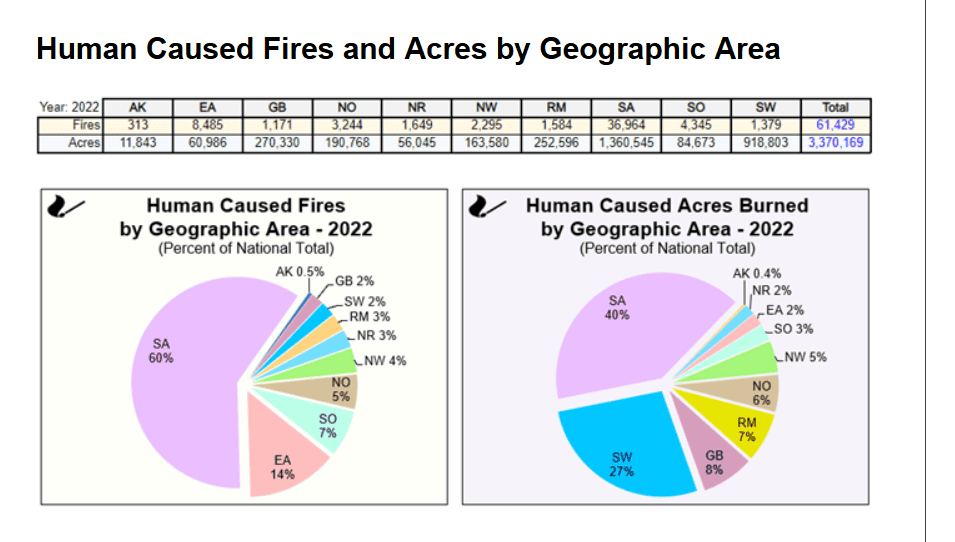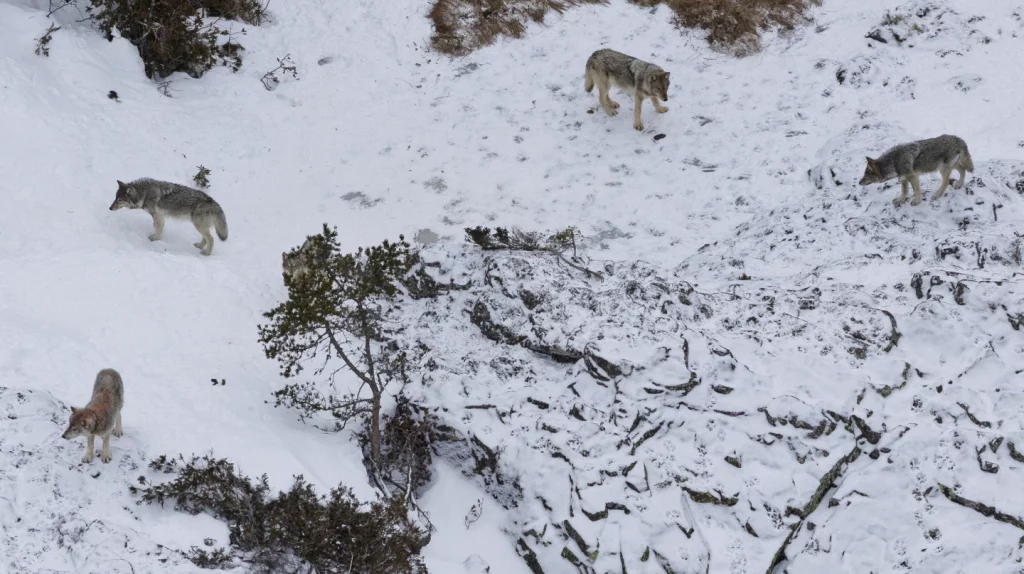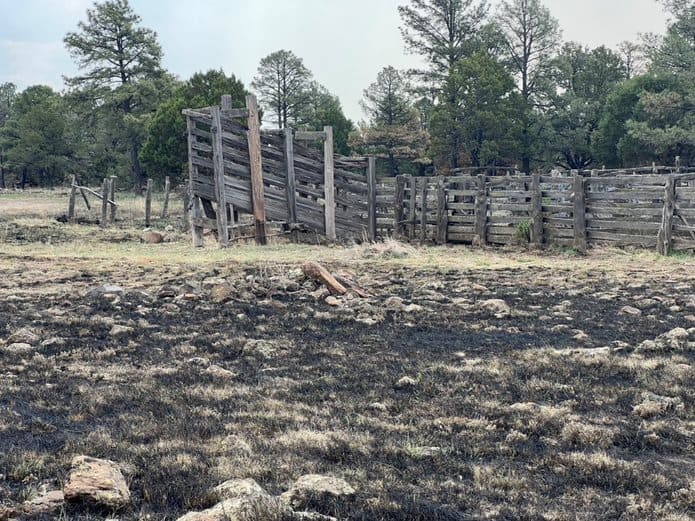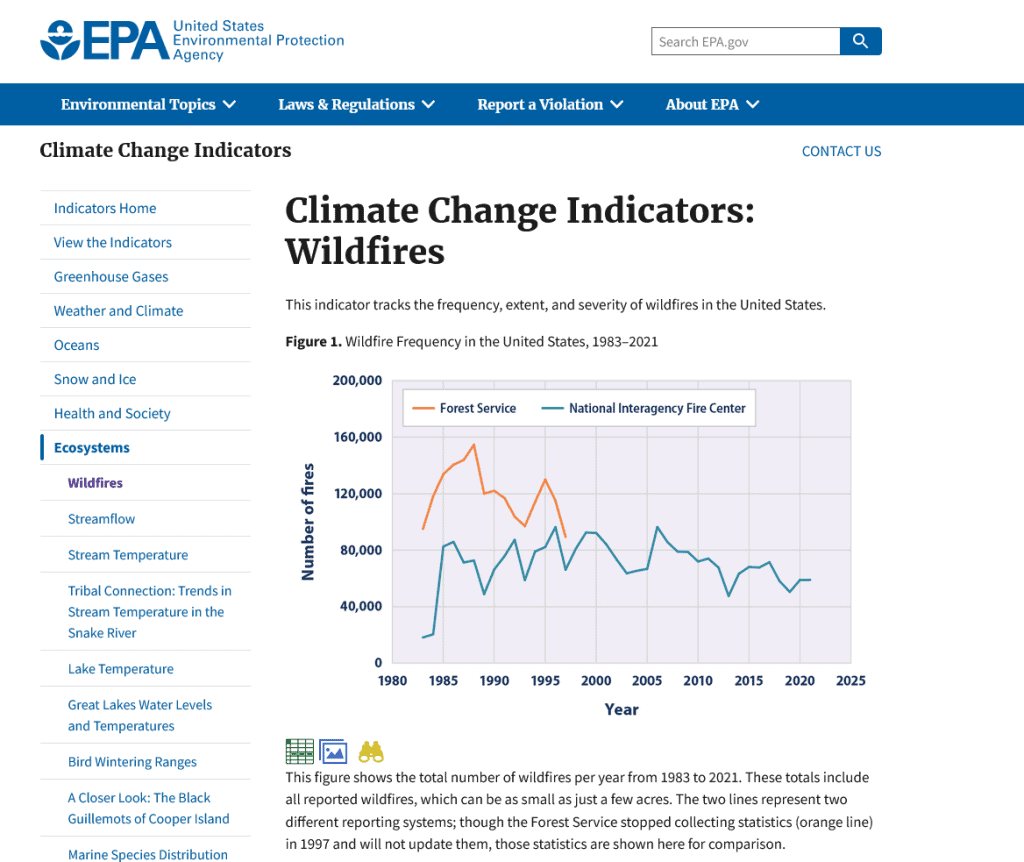I’ve been thinking about the need to adjust “acres burned” for fire for resource benefits. Because folks actually use the total acres in climate studies. If suppression tactics have been changing, then that would need to be integrated into a model (it seems to me) relating weather and climate variables to acres burned. But then are all acres burned “bad”? Maybe we should decide what is meant by “bad” first, and then see if there has been a change in “bad” acres associated with anthropogenic climate change. I’m not saying AGW isn’t a factor; I’m just saying we would understand the complex interactions among fuels, weather, suppression strategies and tactics, ignitions and so on much better if we focused on problematic fires and not counts or acres.
Anyway, if we go back in time, we can see the view that fire suppression itself is a bad thing. Check out this blast from the past- only 10 years ago, a press release from Wild Earth Guardians., posted by Matthew.
As we saw a previous post, suppression folks are doing pretty well in the SW at managing for resource benefits. WEG also mentioned “breathless reporters gave statistics of ever increasing acreages of devastated forestland.” Maybe it’s not as scary as portrayed. Maybe the AGW signal is small compared to other factors. Maybe the FS and WEG are in agreement on this. Like prescribed fire, though, to have social license to manage for resource benefit the FS needs to have a good track record, preferably locally. To do that perhaps sometimes fires need lots of resources. I’m not going to second-guess playing it safe.
New Mexico experienced several expensive fires early this summer, the largest was the Silver Fire covering nearly 217 square miles in the Black Range. Fire costs in the U.S. have topped $1 billion so far this year; less than last year’s $1.9 billion, but the fire season is not over. The Thompson Ridge fire alone cost $16,326,136 before it was declared contained. Rising plumes of smoke could be seen on the horizon of Santa Fe and Albuquerque and breathless reporters gave statistics of ever increasing acreages of devastated forestland.
But, the numbers tell a different story. The four major fires in New Mexico this summer covered a total of 184,024 acres or nearly 288 square miles, but just 16% of that area burned at high severity. In all 213,289 acres have burned to date in New Mexico. While there is still a chance for late season fires, the total burned area for 2013 is significantly less than the 372,497 acres burned in 2012.
“Once the smoke cleared, the environmental benefits of the 2013 fire season were obvious,” Said Bryan Bird, Wild Places Director for WildEarth Guardians. “Though flooding is always a risk, these fires do more to clear fuels and reduce fire hazard than we could do with mechanical treatments and a large chunk of the federal budget.”
Burn Area Emergency Response (BAER) teams take action immediately after fires to analyze the area within the burn perimeter and take action to minimize immediate damage from flooding, which can have severe consequences downstream. The BAER teams measure fire severity to analyze the loss of organic matter from the forest. In areas of low fire severity ground litter is charred or consumed, but tree canopies remain mostly unburned and the top layer of soil organic matter remains unharmed. Areas of moderate severity have a higher percentage of both crown and soil organic matter consumed. Areas of high severity have lost all or most of tree canopy organic matter and soil organic matter is wholly consumed.
The numbers reported by the BAER teams for the 2013 fire season in New Mexico put into perspective the burn results. Of all acres within fire boundaries over 10,000 acres this summer, 59% (109,290 acres) were ranked as unburned or low severity. Another 24% (44,880 acres) was moderate severity. Finally, just 16% (29,125 acres) burned at high severity.
The Joroso Fire, located in the Pecos Wilderness, burned primarily in mature Spruce Fir stands with high levels of wind blown material. These conditions create an environment where high severity burns are much more likely than the other fires, so it is instructive to remove it from summary statistics. When removing this fire from the analysis the overall numbers demonstrate even less severe effects on the vegetation: 61% remained unburned or burned at low intensity, 25% burned at moderate severity, and only 13% burned at high severity.
Fire fighting in the United Sates has become a very costly endeavor. While most fires are extinguished quickly, it is the very small portion of wildfires that are not immediately controlled and result in significant financial burdens to states and the federal government. Already this year the Forest Service has exhausted its fire-fighting budget and has had to tap other budget line items. And yet, it is not clear that committing such resources is necessary or beneficial when human life and property are not immediately at risk.
“Fire is an essential process in western forests and we cannot eliminate it. Resources need to be reserved for protecting lives, not supporting huge operations in the backcountry.” Said Bird. “We can fire proof communities, but we cannot fire proof the forest.”



